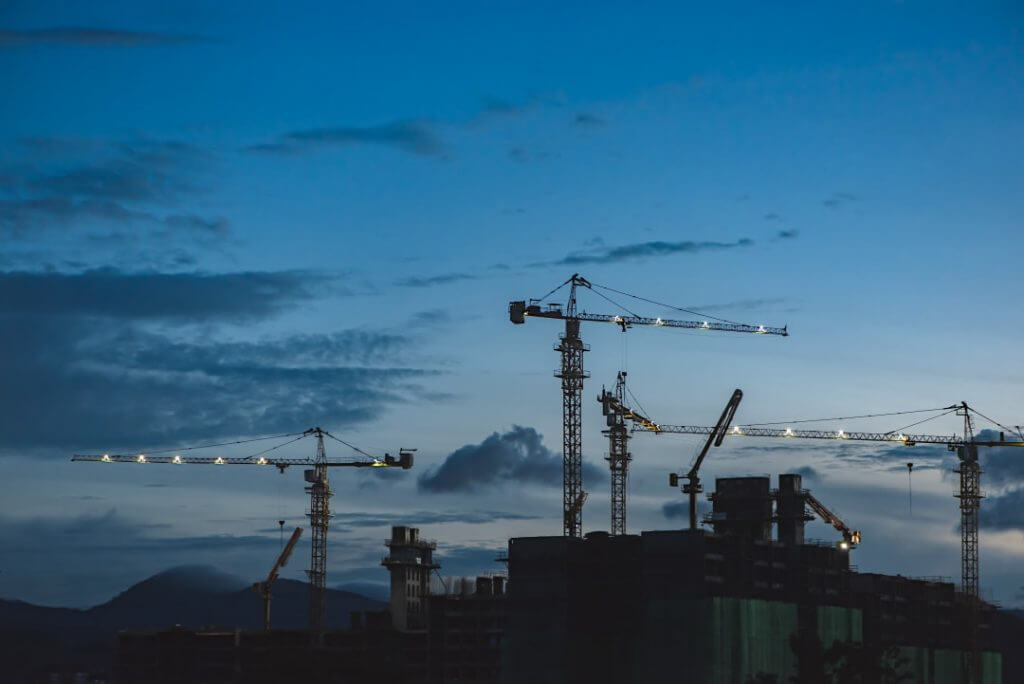January 21, 2022
Recent studies indicate that the number and value of construction disputes has increased considerably in recent years.1, 2 While the true impact of the pandemic on the industry is not yet measurable, the potential for issues is certainly viable and visible. The frequent and extensive discussions about force majeure is the low hanging fruit in a pandemic-enhanced environment fraught with the potential for delays, cost overruns and supply chain challenges.
Preventing disputes or resolving them quickly, particularly during and in the aftermath of the pandemic, will likely require many to re-evaluate standard practices.
Here are the top three things that COVID-19 has taught us:
Timely, Accessible Documentation: It should come as no surprise to any contractor that the party that has the best data usually wins when an issue arises. In these times, it’s imperative that contractors manage digital data with care. Establish clear workflows to document field changes, project delays and potential claim issues. Sorting through emails and spreadsheets when a dispute arises is likely a recipe for confusion, disagreements and disputes.
Proactive Administration: Perhaps the single most common component of every successful project is the proper administration of contract documents. Conversely, one of the number of causes of disputes is a failure to understand or comply with contract requirements. In these times where there’s varying interpretations of familiar clauses, such as force majeure, a contractor is well advised to relook at requirements. Check and recheck specifications, notice requirements, dispute resolution administrative processes and communication protocols.
Cooperative Attitude: A willingness to compromise is essential and often the best path to early dispute resolution, especially during these unprecedented times. The construction business is risky and issues will arise on most every project. As the scope and scale of projects continues to increase, the chance of problems becomes much greater. Those issues identified early on are often the quickest and easiest to resolve.
One positive note from recent studies about construction disputes is that the average length of the dispute period dropped during 2020 as compared to 2019. The reasons behind that reduction are many, though much is likely due to willingness to communicate and compromise during challenging times.
While investment in construction in 2022 will highly depend on market segment—optimistic for transportation, less so for office and hospitality—pay attention to regulatory environment, and prepare for any potential challenge that could range from supply chain and workforce to safety protocols.
1. Arcadis 2021 Global Construction Disputes Report
2. Turner & Townsend
AIA Contract Documents has provided this article for general informational purposes only. The information provided is not legal opinion or legal advice and does not create an attorney-client relationship of any kind. This article is also not intended to provide guidance as to how project parties should interpret their specific contracts or resolve contract disputes, as those decisions will need to be made in consultation with legal counsel, insurance counsel, and other professionals, and based upon a multitude of factors.

